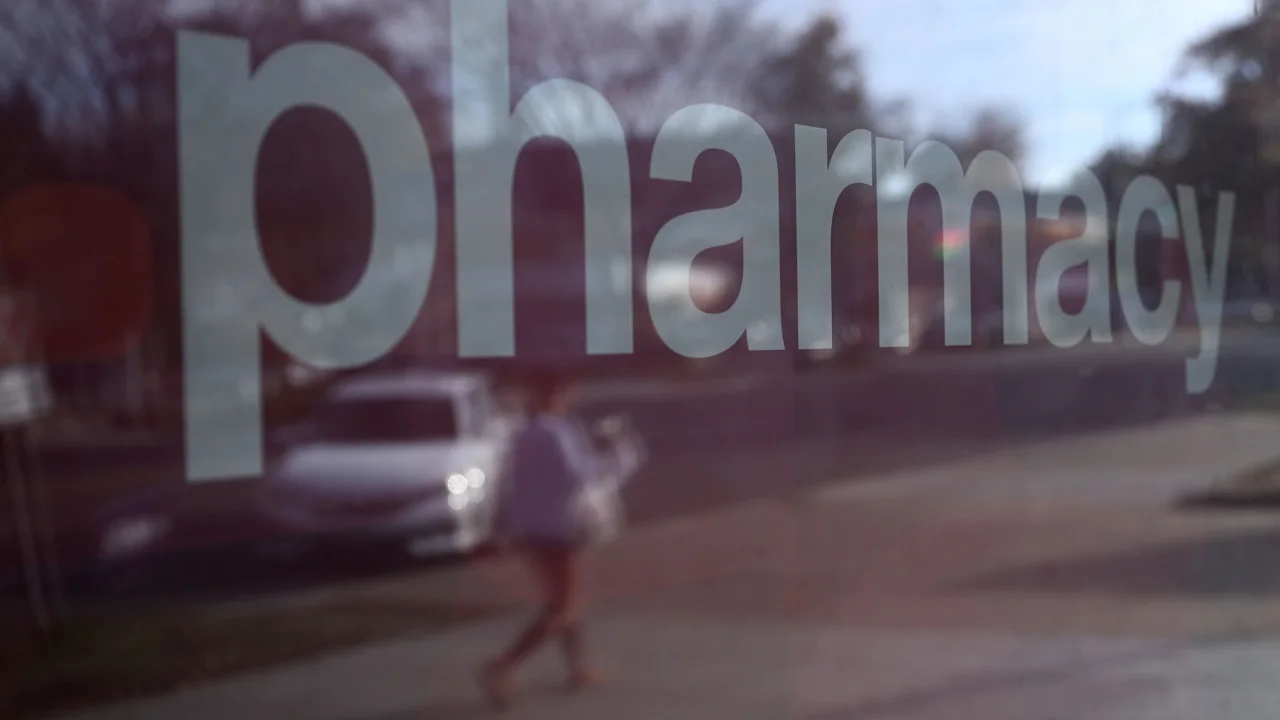Drugstore closures could make pharmacy deserts even worse

With hundreds of pharmacies closing their doors this year alone, experts fear that more vulnerable Americans could be left without access to the medications they need.
It closed 244 stores between 2018 and 2020 and announced in 2021 that it would close another 900 locations through 2024. Walgreens announced in 2019 that 200 stores would close. An additional 150 closures were announced this year. As part of its restructuring efforts, Rite Aid recently filed for bankruptcy and announced that about 100 of its roughly 2,200 stores would be closed. As reimbursement rates for prescription medications fall, brick-and-mortar pharmacies face a number of challenges, including increased competition, a tough few years from the pandemic, and squeezed margins.
Jenny Guadamuz, assistant professor at the UC Berkeley School of Public Health, Division of Health Policy and Management, said patients suffer when drugstores disappear. The closure of a facility can be viewed as a disruption of care, according to her. In the past, you would visit a pharmacy that was geographically accessible, ideally affordable, and covered by your health insurance plan. There was a pharmacy there, and then it was no longer there.”
There are times when patients are forced to travel farther to get their medications when pharmacies close. They often don’t pick up their medicine due to the distance and time involved, Guadamuz said.
Melvin Thompson, now a healthcare consultant, formerly headed the Endelo Institute, a nonprofit organization devoted to health, education, and community development on Chicago’s South Side. In Thompson’s area, four or five major drugstores have closed since 2016, and new ones haven’t opened to fill the void.
